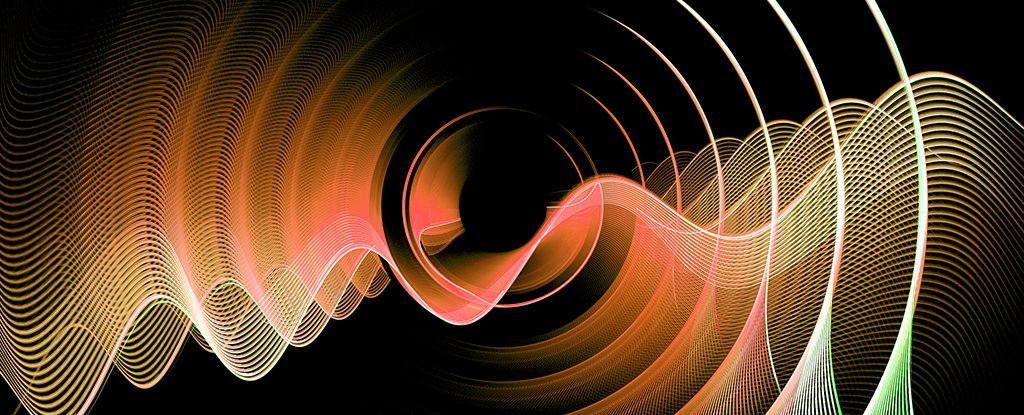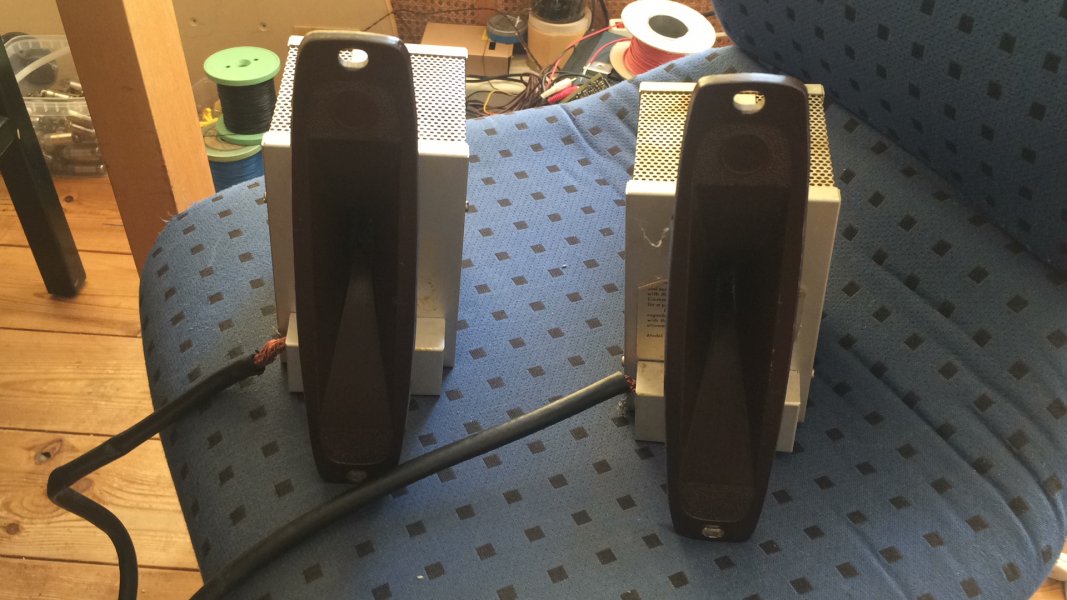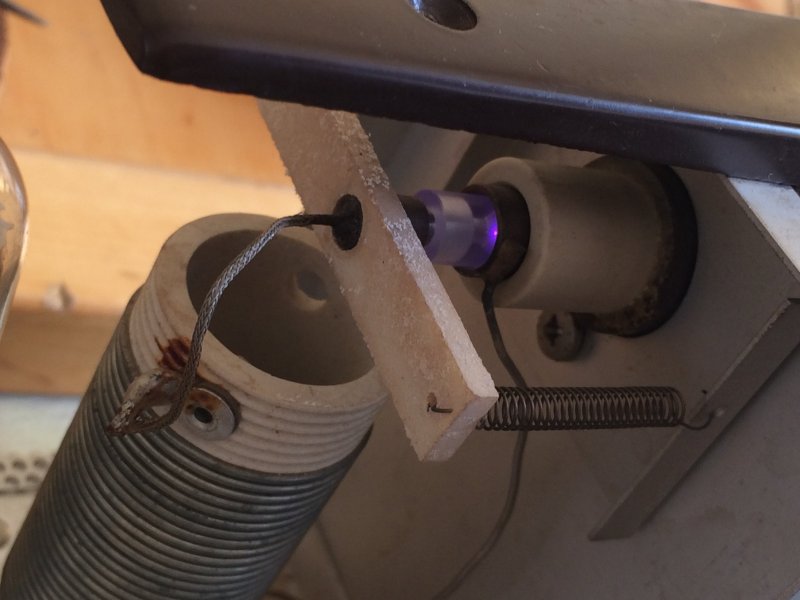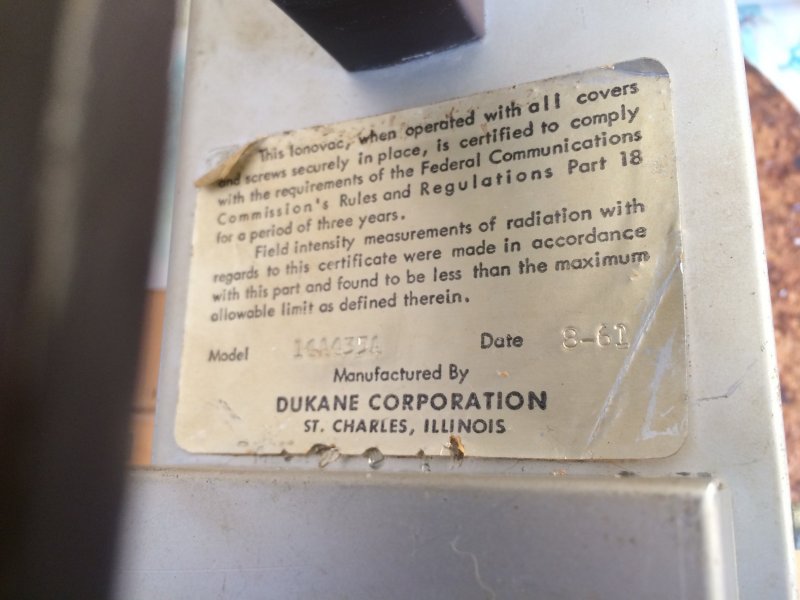In other cosmos-shattering news, the definition of 'black' is the total absence of any light; audiophiles obviously have different opinions on this
<<This time, researchers from Lawrence Livermore National Laboratory in California and the University of Rochester in New York have managed it inside hot swarms of charged particles, fine-tuning the speed of light waves within plasma to anywhere from around one-tenth of light's usual vacuum speed to more than 30 percent faster.
This is both more – and less – impressive than it sounds.
To break the hearts of those hoping it'll fly us to Proxima Centauri and back in time for tea, this superluminal travel is well within the laws of physics. Sorry.
A photon's speed is locked in place by the weave of electrical and magnetic fields referred to as electromagnetism. There's no getting around that, but pulses of photons within narrow frequencies also jostle in ways that create regular waves.
The rhythmic rise and fall of whole groups of light waves moves through stuff at a rate described as group velocity, and it's this 'wave of waves' that can be tweaked to slow down or speed up, depending on the electromagnetic conditions of its surrounds.
By stripping electrons away from a stream of hydrogen and helium ions with a laser, the researchers were able to change the group velocity of light pulses sent through them by a second light source, putting the brakes on or streamlining them by adjusting the gas's ratio and forcing the pulse's features to change shape.
The overall effect was due to refraction from the plasma's fields and the polarized light from the primary laser used to strip them down. The individual light waves still zoomed along at their usual pace, even as their collective dance appeared to accelerate.
From a theoretical standing, the experiment helps flesh out the physics of plasmas and put new constraints on the accuracy of current models.
Practically speaking, this is good news for advanced technologies waiting in the wings for clues on how to get around obstacles preventing them from being turned into reality.>>

 www.sciencealert.com
www.sciencealert.com
<<This time, researchers from Lawrence Livermore National Laboratory in California and the University of Rochester in New York have managed it inside hot swarms of charged particles, fine-tuning the speed of light waves within plasma to anywhere from around one-tenth of light's usual vacuum speed to more than 30 percent faster.
This is both more – and less – impressive than it sounds.
To break the hearts of those hoping it'll fly us to Proxima Centauri and back in time for tea, this superluminal travel is well within the laws of physics. Sorry.
A photon's speed is locked in place by the weave of electrical and magnetic fields referred to as electromagnetism. There's no getting around that, but pulses of photons within narrow frequencies also jostle in ways that create regular waves.
The rhythmic rise and fall of whole groups of light waves moves through stuff at a rate described as group velocity, and it's this 'wave of waves' that can be tweaked to slow down or speed up, depending on the electromagnetic conditions of its surrounds.
By stripping electrons away from a stream of hydrogen and helium ions with a laser, the researchers were able to change the group velocity of light pulses sent through them by a second light source, putting the brakes on or streamlining them by adjusting the gas's ratio and forcing the pulse's features to change shape.
The overall effect was due to refraction from the plasma's fields and the polarized light from the primary laser used to strip them down. The individual light waves still zoomed along at their usual pace, even as their collective dance appeared to accelerate.
From a theoretical standing, the experiment helps flesh out the physics of plasmas and put new constraints on the accuracy of current models.
Practically speaking, this is good news for advanced technologies waiting in the wings for clues on how to get around obstacles preventing them from being turned into reality.>>

Physicists Have Broken The Speed of Light With Pulses Inside Hot Plasma
This is how the future is made.
Last edited:





